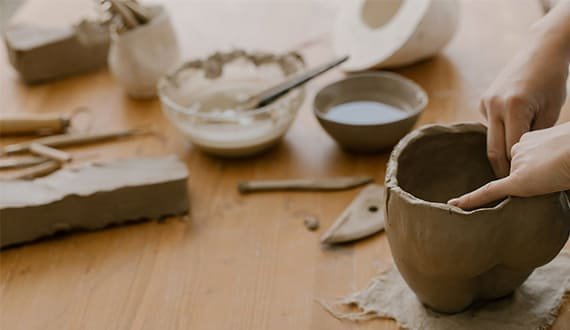No products in the cart.
Bamboo has a long and cherished history in China, where it holds a special place in the hearts of the people. Chinese culture often sees bamboo as a symbol of enduring emotions and qualities, much like how the bamboo leaf remains green throughout the year, unperturbed by wind or rain. This resilience is something people aspire to embody in their own character.
Ancient Chinese poets have left us with many verses that celebrate bamboo. Take Wang Wei’s “Bamboo Cottage”: “Sitting alone in the quiet bamboo grove, playing the zither and howling. Deep in the forest, unknown to man, the bright moon comes to shine.” Here, bamboo isn’t just a backdrop; it merges with the poet’s mood, creating a sense of solitude and transcendence that lingers. Zheng Banqiao’s “Bamboo and Rock” paints an equally vivid picture: “Gripping the green mountain firmly, its roots embedded in broken rocks. Enduring countless trials and tribulations, it stands strong against the winds from all directions.” This poem captures bamboo’s tenacity and indomitability, almost as if it’s a philosophy of life.
The utilization of bamboo has evolved over centuries. From the intricate bamboo fans of the Warring States period to the sophisticated bamboo weaving of the Ming and Qing dynasties, bamboo has found its way into every aspect of life. The craftsmanship involved in these items was nothing short of remarkable. Take the porcelain-bodied bamboo weaving, known as the “Flower of Oriental Art,” which marked the pinnacle of bamboo craftsmanship, with over 150 weaving techniques documented.
In modern times, bamboo weaving has continued to innovate. Since the 1950s, it has been officially recognized as an art form, blending traditional techniques with modern design to create aesthetically pleasing products for contemporary living. Qingshen County, known as the “Hometown of Bamboo Weaving,” stands out for its rich history and exquisite craftsmanship. Even the scholar Yu Chengxun, who served in the Hanlin Academy, used bamboo-woven boxes for his books and meals.

Porcelain bamboo
Today, bamboo weaving is gaining more attention and importance in the realm of intangible cultural heritage protection. As the “Book of Crafts” puts it: “The wise create, the skillful narrate, and the dedicated preserve, calling it craftsmanship.” True artisans do more than just make; they innovate, document, and uphold. These skills, passed down through generations, carry the weight of years, the richness of the land, and the warmth of human touch, hoping to be passed on to future generations.
So, in China, bamboo is more than just a plant; it’s a symbol of spirit and culture. People invest their emotions in it, reflecting a deep love for life and a pursuit of unyielding spirit.




